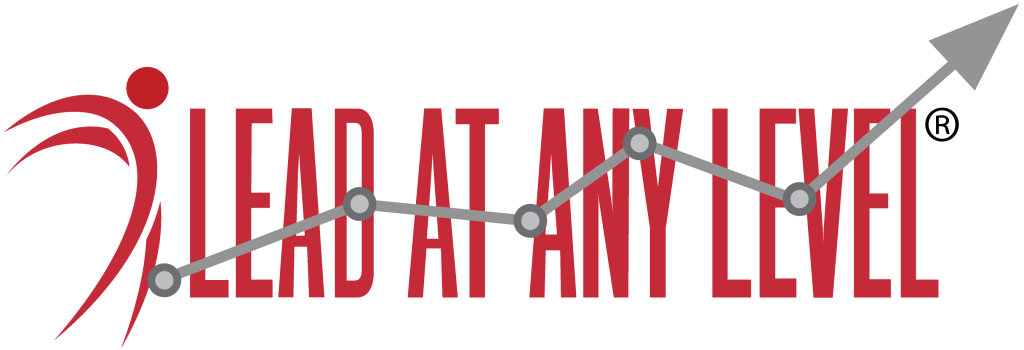Perhaps you’ve already built a deep CHAMP Network through participation in Employee Resource Groups (ERGs), attending conferences, and building your personal brand on social media. You’ve started to build genuine relationships with a diverse collection of talented people. Now the real fun begins: making introductions. Everyday people make connections, but Superhero Networkers use introductions to create real magic in the world. This article, adapted from my book Network Beyond Bias, shows you how.
Making Introductions: A How-to Guide
I prefer to make introductions via LinkedIn whenever possible. This allows both parties to research each other before making any further commitment. It also allows either party to opt out without having their personal contact information exposed. Here are some real-life examples of connections I’ve made in my own network. Identifying information has been removed to protect the individuals’ privacy.
Job Opportunity
You’ll learn about the dark side of airplane conversations elsewhere in my blog. But in a more productive scenario, I made the acquaintance of a seatmate who happened to be hiring in a high-demand field. A former colleague was launching a job search for just such an opportunity. I asked my seatmate for permission to make the connection and immediately did so.
D_____ - I just met V_____ on a plane. He works for <company> as a management consultant for their growing <function> practice. You should connect with him to learn about what he’s building over there! V_____ – D_____ has executive level expertise in <function>, particularly in the XYZ industry. He is looking for new opportunities in the consulting space. Happy connecting, gentlemen!
Media Exposure
Immediately after meeting with podcast host J_____ (whom I first met on Twitter), I set out to connect her with as many women as possible (and a few men) who might want to be interviewed on her show. In total, I connected her with more than a dozen entrepreneurs, authors, and community activists who could help her achieve her the goals of her podcast. On the flip side of that equation, up to a dozen people in my network are now getting a platform to spread their message and build their personal brands.
J____ - K_______ is an entrepreneur who helps women build wealth and negotiate for their value. She spoke at a recent conference I attended, and she was remarkable. K_______ - J_____ is a career coach and hosts her own podcast, which features women whose work lifts up other women. I'll be interviewed for her show in June, and I'm connecting her to amazing women I know who meet her show's criteria.
Potential Business Partnership
In another case, I had met two women at different conferences (on opposite coasts!) who were in similar lines of work. Both entrepreneurs with focused specialty areas, I suspected they might have occasion to rely on each other’s expertise. I asked each of them for permission to make the connection before creating a Group Message on LinkedIn.
Ladies! Since you are both in the research consulting field, I thought you might benefit from connecting. If memory serves correctly, A_____ works in qualitative research, and M______ in quantitative. I don't know much about research consulting, but it sounds like a potential collaboration opportunity. Happy networking!
Request for Information
J____ announced on Twitter that she was moving out-of-state and needed some help with the transition. Her tweet appeared in my feed because someone I follow retweeted her request. I asked J____ to send me a LinkedIn invitation so I could connect her to G___, the leader of a California association for HR professionals. I had met G___ when speaking at a conference just a few weeks prior.
G____, J____ is an HR professional moving to California. She has questions about state-specific regulations. I am hoping you can be a resource for her. Happy connecting!
The Common Threads for These Connections
The most important aspect of making introductions is to be intentional about matchmaking. I wouldn’t have connected research consultant M____ to management consultant V____. And I wouldn’t have sent HR professional J____ to just anyone on the west coast; I connected her to someone who runs an association specific to her needs.
When making introductions, be clear about what each person needs and can offer the other. Explicitly state the reason for the match and be transparent about the extent of your existing relationships. Use genuine praise when warranted, and never vouch for someone beyond your personal experience with them. Saying a total stranger is “the best marketing consultant in the business” dilutes your credibility. For example, I stated that my knowledge of management consultant V____’s background was limited to what he told me on the plane. On the other hand, referring to long-time colleague D______ as “an executive-level expert,” conveys the level of trust I have in making that recommendation.
Another critical factor in making introductions is to ask for nothing in return. No finders’ fees, no mentions on social media, no requests that they “return the favor” or “owe me one.” Any genuine effort to help others builds trust, creates value, and elevates your standing among your colleagues. To that end, I hope my friends will forgive me for using these examples. I believe that real examples carry more credibility. If this article inspires you, please let me know how you’re making introductions within your own network!

3 Responses